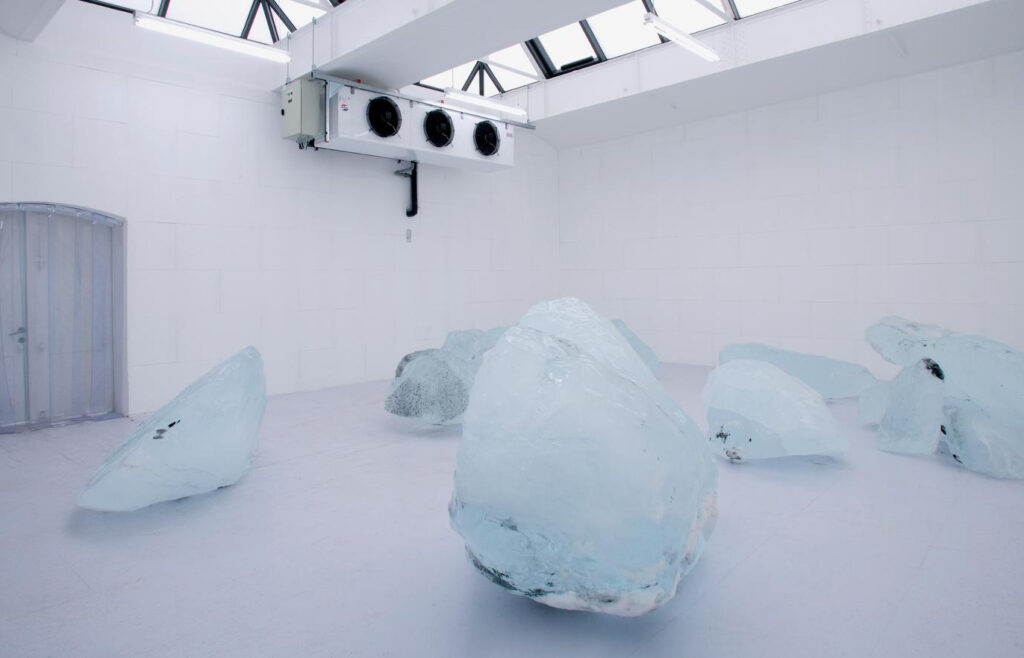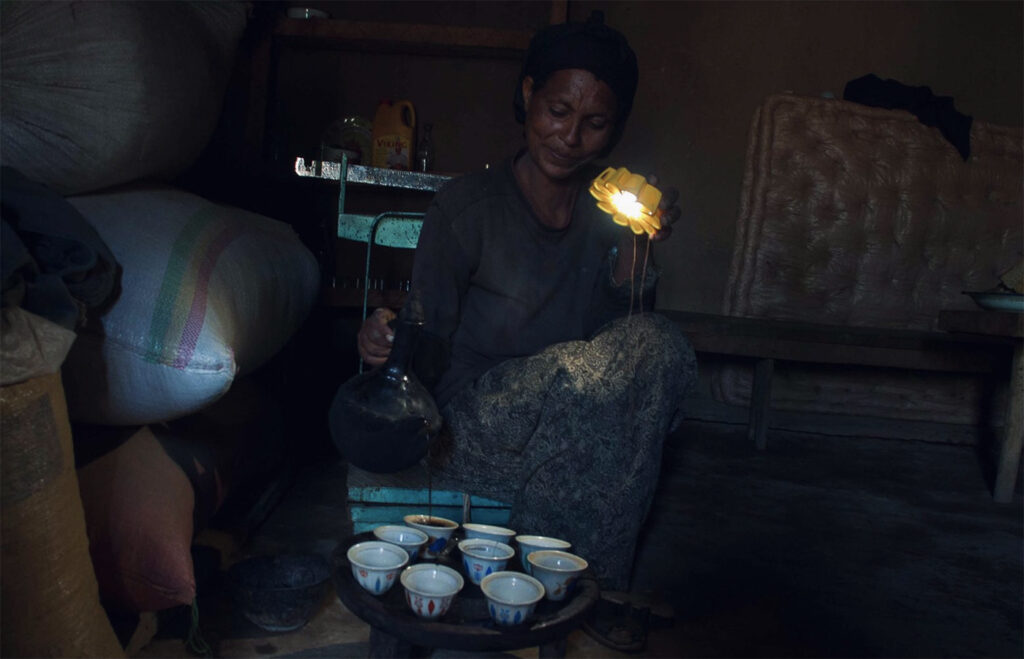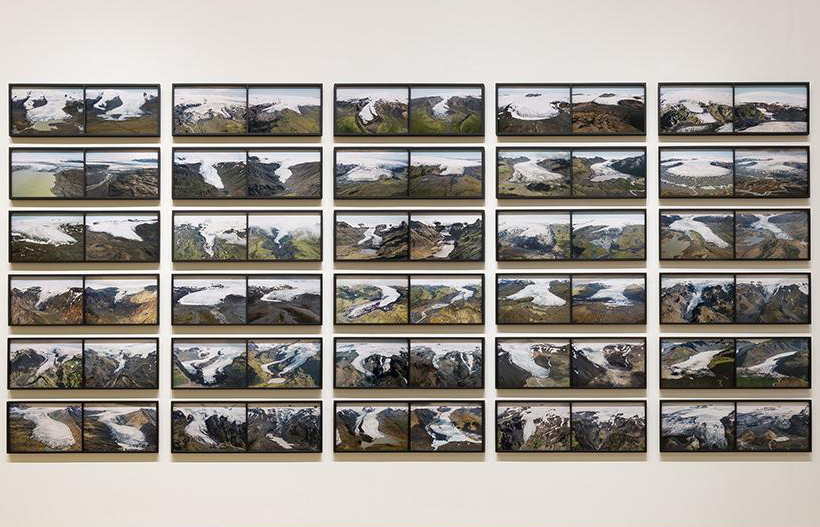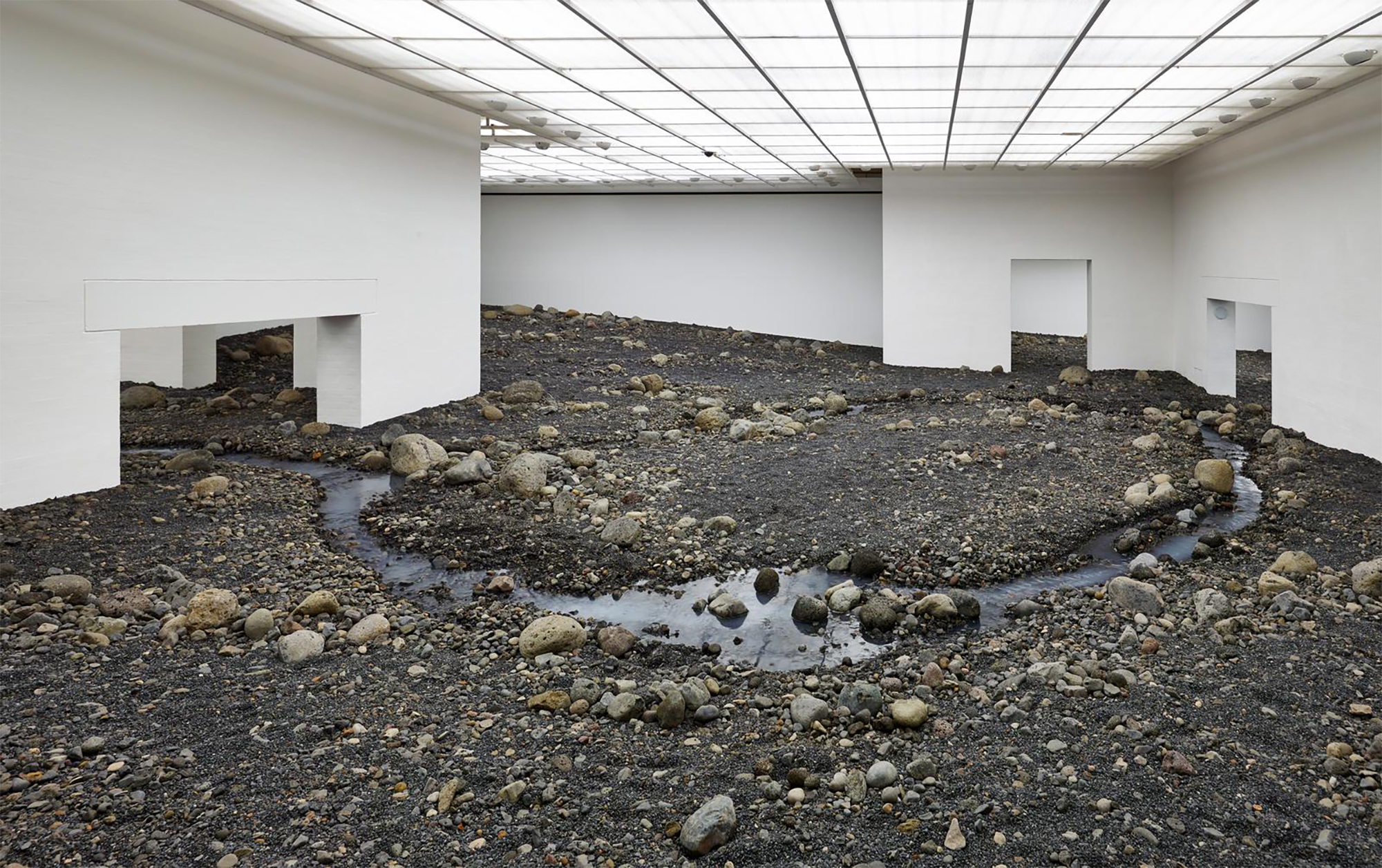Exhibitions and installations that leave you speechless. His name may not tell you much, but we are talking about an artist who was named “UNDP Goodwill Ambassador” (United Nations Development Program) for climate change on September 22, 2019, creating a perfect mix of perceptions and performance.
Art as care, perceptions and performance.
Among the lines of UNPD dedicated to Olafur Eliasson we read: “Eliasson will support urgent action for the climate. By helping the UNPD to raise awareness and mobilize support for the fight against the effects of climate change; through projects that promote renewable energy, they reduce CO2 emissions and protect our planet for generations to come, bringing a new creative perspective to environmental and social issues.
The artist lives and works between Copenhagen and Berlin. Not only an artist but also an activist who cares about contemporary problems and the development of climate change; he has dedicated most of his works to a series of rather experimental installations, which approach different artistic spheres (technological and architectural).

Some of these are well known, including “Little Sun” and “The Weather Project”. Little Sun is two things: the name of the social enterprise created by Eliasson together with the engineer Frederik Ottesen where they produce battery chargers and led lamps; the second is a torch, or rather a lamp that takes the name of Little Sun. This instrument is to all intents and purposes a commercialized artistic operation; distributed and usable for all those who live in areas affected by natural disasters and without electricity. It is therefore a lamp that you can always carry with you, on a camping trip or on your backpacking trip; it will recharge in the sunlight.
The reference and the perspective that the artist wants to show are the links between art and renewable energy, which form the background to environmental issues; most of his works are in fact focused on raising awareness that can be of useful will for anyone.

The sun in a room. In rainy London, a glimmer of light.
Created and exhibited at the Tate Modern in London in 2003. Installation and performance, an “artificial” sun and enclosed in an exhibition that involves the viewer and enters into emphasis with all the rest, creating a warm atmosphere. It is colored with shadows and moving silhouettes, in a space that focuses on natural phenomena, perceptions and performance. A semicircle of light, reflected in a mirror, creating a haze, clearing all the spaces so as to allow visitors not to see non-inherent objects. In an interview with The Guardian he says: “We also had a BBC meteorologist who set up a small studio and made predictions from the Tate every day for a week. He made the predictions with my sun behind him and then at the end he said: <<And here at Tate the sun is still shining>>. Within a week, millions of people had seen the work on TV.
“The glacier melt” series is a photographic series lasting two decades from 1999 to 2019. The artist immersed himself in the photography of an Icelandic landscape, as irrefutable proof of the melting of the glaciers that took place in the last 20 years. He has positioned himself on the same coordinates and the result is frightening, an abysmal difference between then and now. The photos are an “eye opener” as they simply make the consequences of human actions on the environment visible and vivid.

Can art investigate, involve others and sensitize human beings?
The answer is yes! Other artists come to mind when we think of the artistic interventions created in natural environments; like Walter De Maria or Robert Smithson, they worked directly in natural contexts in the artist current of Land Art.
In another article we asked ourselves a similar question.
“What if we really had the chance to hear what our planet has to tell us?” And here too there is an answer provided by the artist. Together with the collaboration of experts in the sector for environmental protection and with the exceptional participation of children and adolescents, he has created a digital work of art called: Earth Speakr – invites children to speak for the planet – a whole other story. If you want to know more, here you will find an article that tells the idea of this fantastic team!





